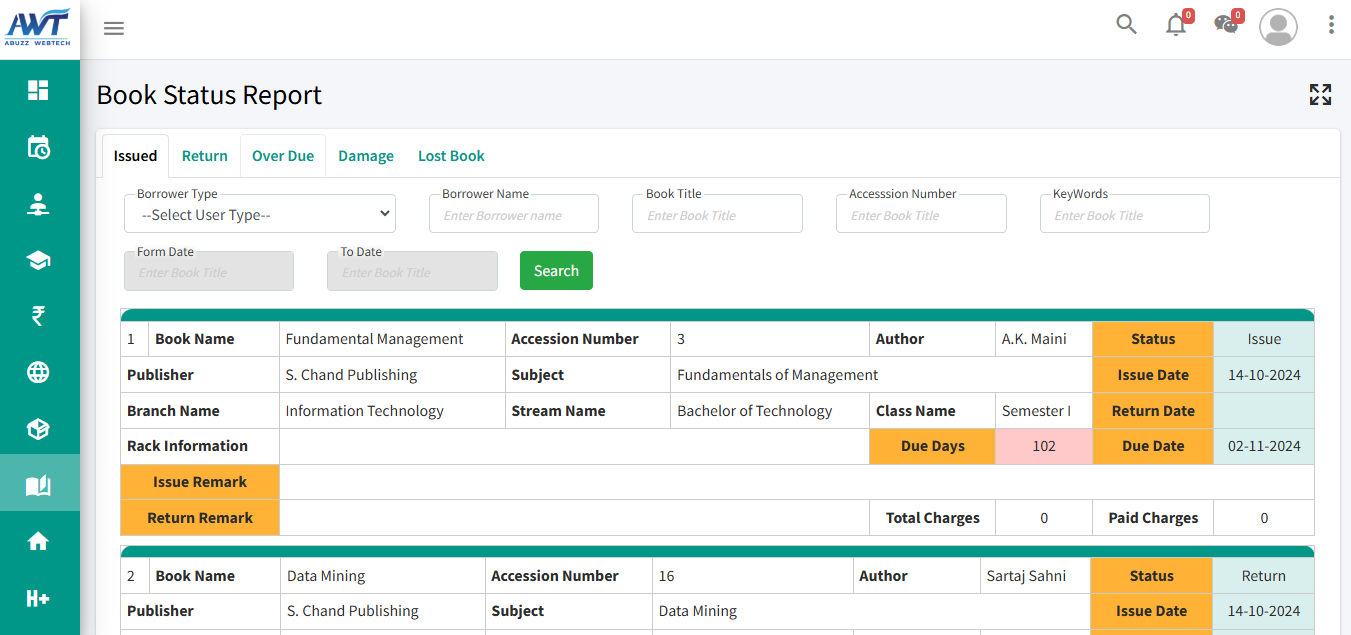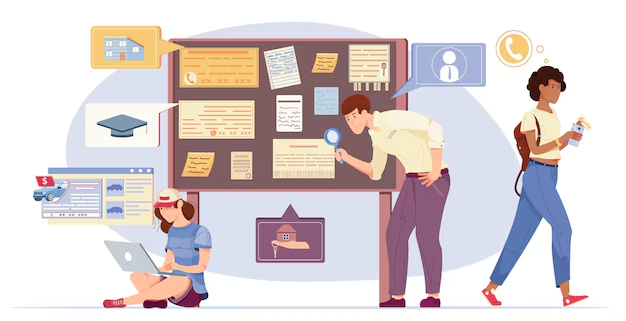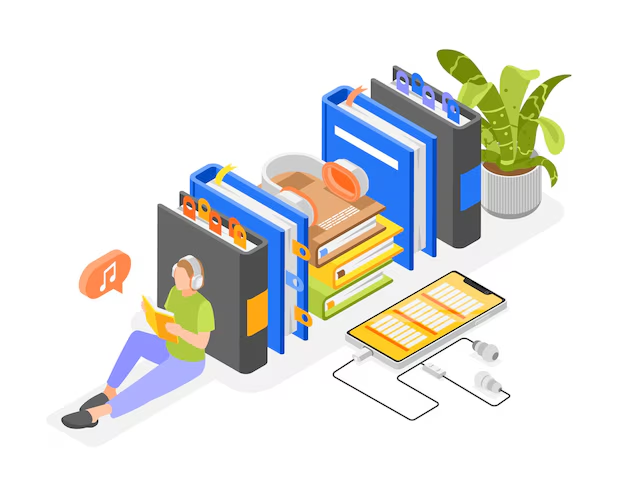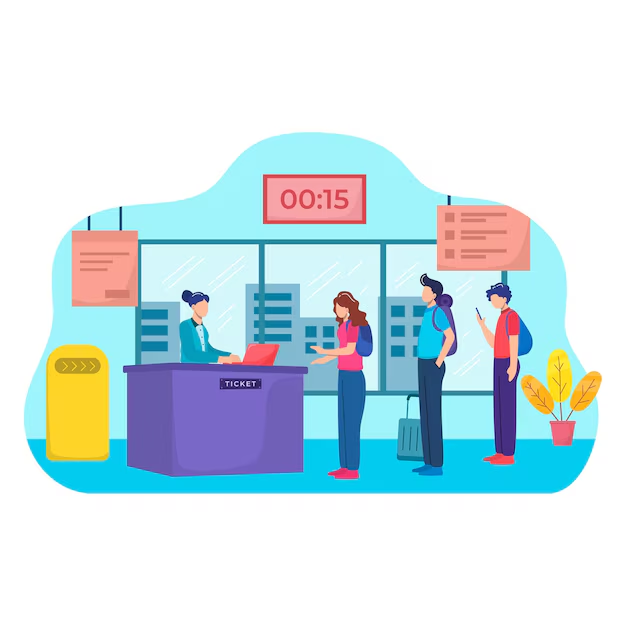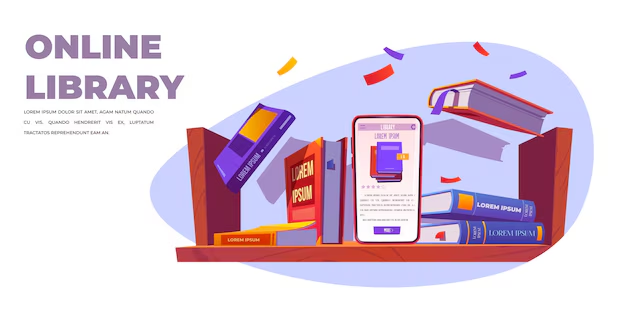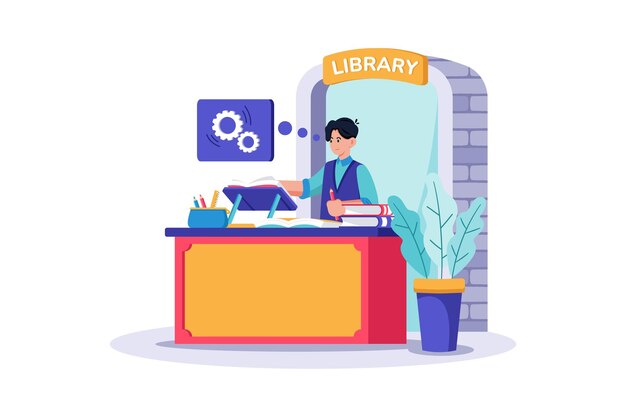Cataloging and Classification
Cataloging involves creating detailed records for each library resource,
which include the title, author, publication date, subject, and other relevant information.
Classification systems like Dewey Decimal Classification (DDC) or Library
of Congress Classification (LCC) are used to organize materials based on their subject matter for easier access.
Library Management System (LMS)
Library Management System (LMS) is software that helps automate and manage library
operations, including cataloging, checking in/out books, inventory management, and user management.
LMS software often includes features such as search functionality, data reporting, and overdue book notifications.
Circulation and Check-out/Check-in Process
The circulation system is the process that handles the borrowing and returning of library materials.
Library users check out materials using their library card or account, and these items are tracked
in the system for due dates and returns.
Inventory Management
Inventory management refers to tracking the number and condition of all
library resources, whether physical or digital.
Regular stock checks and audits are conducted to ensure materials are not lost, damaged, or misplaced.
Acquisitions and Procurement
The acquisition process involves selecting, purchasing, and receiving new resources for the library.
This can include books, journals, multimedia, and digital content. Libraries typically have specific
budgets and selection criteria for acquiring new materials, based on user demand, curriculum requirements,
or research needs.
User Registration and Membership Management
User registration is the process through which library users (students, faculty, or the general public)
sign up for a library account.
This allows them to borrow materials, use library services, and access online resources. Membership management
involves keeping track of user details, including contact information, borrowing history, and fines for overdue items.
Digital Libraries and E-Resources
A digital library provides access to electronic resources, such as e-books,
online journals, databases, and multimedia.
With the increasing demand for digital content, libraries often provide users with access
to these resources through web-based platforms. Digital libraries can be accessed remotely,
providing convenience for users.
Library Services and User Assistance
Library Services include assistance with research, finding materials,
using online databases, and providing computer access.
Librarians and library staff offer services such as reference services
to guide users in their information searches and interlibrary loans to borrow materials
not available within the library's collection.
